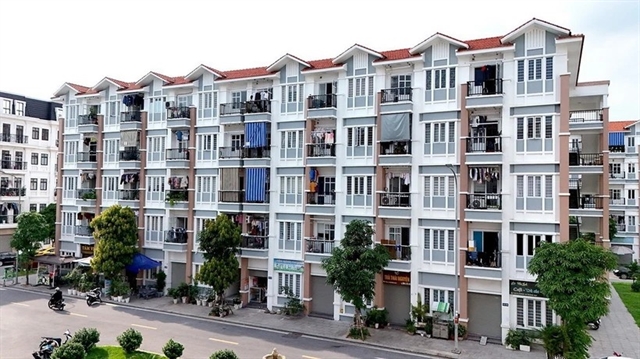 Life & Style
Life & Style

 |
| Consumers shop at BigC Supermarket in Hà Nội. Hà Nội remains the most expensive city in Việt Nam for five years strait. — VNA/VNS Photo Phương Anh |
HÀ NỘI — Hà Nội has been named as the most expensive city in Việt Nam for the fifth year in a row, according to 2023 Spatial Cost of Living Index (SCOLI) report recently announced by the General Statistics office.
Hà Nội is followed by HCM City with the cost-of-living equivalent to 98.44 per cent of the capital city, Quảng Ninh 97.94 per cent, Hải Phòng 96.07 per cent and Bình Dương 94.25 per cent.
According to Nguyễn Thu Oanh, Head of GSO’s Price Statistics Department, HCM City’s efforts to connect supply and demand have resulted in necessary goods having lower prices compared to Hà Nội.
However, some categories have higher prices in the southern city such as education, 116.86 per cent of that in the capital.
Quảng Ninh, Hải Phòng and Bình Dương also have high cost of living because of robust economic development.
The cheapest places to live in Viêt Nam are Bến Tre (85.93 per cent), Nam Định (86.35 per cent), Quảng Trị (86.66 per cent), Sóc Trăng (87.82 per cent) and Gia Lai (87.91 per cent).
Hồng (Red) River Delta is the region with the highest cost of living while Cửu Long (Mekong) River Delta is the lowest.
Oanh said that in recent years, the boom of e-commerce and digital technologies changed the shopping habits towards online, which made prices more even among localities.
The SCOLI index in 2023 in Việt Nam did not change much compared to the previous year, thanks in part to the Government’s effort to control inflation at 3.25 per cent coupled with the abundance of goods supply and the diversification of distribution channels, she said.
The SCOLI, a relative indicator that reflects the difference in consumer goods and service prices among localities and regions in a certain period, can be used as a reference for socio-economic development policies.
Businesses can use the index to assess competitiveness in terms of prices, market share and product costs. In contrast, individuals can use it to negotiate wages and consider the possibility of migration between different regions. — VNS









